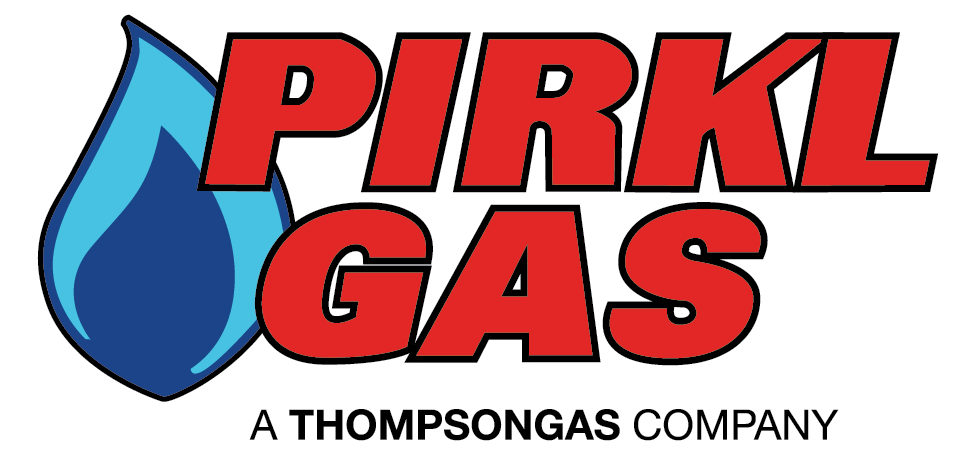Annex I
This annex is not a part of the requirements of this NFPAdocument but is included for informational purposes only.
I.1 Spacing of Containers. Figure I.1(a), Figure I.1(b), and Figure I.1(c) illustrate container spacing required in 6.3.1.
Note 1: 5 ft minimum from relief valve in any direction away from any exterior source of ignition, openings into direct-vent appliances, or mechanical ventilation air intakes. Refer to 6.3.7(2).
Note 2: If the cylinder is filled on site from a bulk truck, the filling connection and vent valve must be at least 10 ft from any exterior source of ignition, openings into direct-vent appliances, or mechanical ventilation air intakes. Refer to 6.3.10.
Note 3: Refer to 6.3.9.
Annex K Burial and Corrosion Protection for Underground and Mounded ASME Containers
This annex is not a part of the requirements of this NFPAdocument but is included for informational purposes only.
K.1 Scope.
K.1.1 This annex provides general information for the burial of underground and mounded ASME containers of 125 gal (0.5 m3) through 2000 gal (7.6 m3) water capacity.
K.1.2 The location for underground and mounded ASME containers must comply with applicable sections of Chapter 6 of this code and federal and state codes.
K.2 Container Preparation and Burial.
K.2.1 Prior to burial, the container should be inspected for any coating damage that may have been caused during the installation process.
K.2.2 Cathodic protection should be considered as an additional method to minimize corrosion. Anodes are used in this process and should be attached to the container according to the anode manufacturer’s instructions. The number and size of anodes installed varies, depending on the container size.
K.2.3 Dielectric couplings should be used to isolate the container from the piping when using metallic piping (i.e., copper, steel, etc.) to minimize current flow.
K.2.4 The backfill material used to cover the container should be compacted soil or coarse sand. Backfill material containing crushed rock or other material that could damage the container coating should be avoided.
K.3 Inspection and Testing of Corrosion Protection.
K.3.1 A periodic test program should be established to monitor the effectiveness of the corrosion protection for the container. Inspection records should be made available to the container owner.
Source: Liquefied Petroleum Gas Code Handbook 1998
